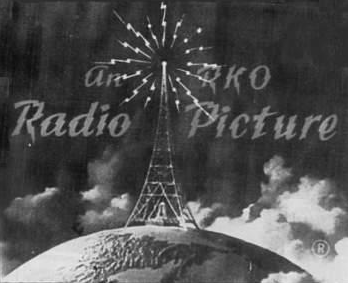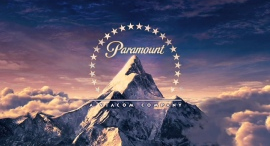With the film done only one last step remains; Evaluation. This would be a great way to gather constructive criticism and would aid us if we were to make another film. Firstly we would discuss amongst ourselves what had to be done and then we would show the film to our respective audiences.
The Crew
Target audience
A Few Final Questions
1). In what way does my media product use, develop or challenge forms and conventions of real media products?
I certainly wouldn't say our film challenged any forms and conventions. It did however rely on a logistical element which I am certain high end film productions also take into account. We had a shooting schedule, a list of props and locations and a storyboard. All of these came together to make our final piece.
2). How does your media product represent particular social groups?
We didn't actively go out to make some sort of political message. If you wanted to evaluate it though you could say our film was discriminative against the under-class as it portrayed them as over emotional wrecks who murdered people on a whim with little consideration. This all being said we didn't really know any humble actors and actresses so we instead enlisted the help of an Oxford undergraduate and a privately educated art student. Maybe you could twist this round and say everyone is equal or something.
3). What kind of media distribution might distribute my media product and why?
Well one would hope a cinema, though as someone said it suited a TV drama more; then perhaps a television? One might say that we represented an independent film company as we worked on a low budget and it might be considered an 'amateur film'.
4). Who would be the audience for my media product?
Our film was aimed at an audience aged 16-19. Of course it is likely that older viewers might be interested.
5). How does my opening scene attract/address my audience?
The opening scene was very important for us as it is designed to captivate an audience and get them 'involved' in the film. We thought if we had a dramatic, somewhat mysterious opener we would encourage verisimilitude as quickly as possible. As said it was designed to be dramatic, confusing, mysterious, energetic and sinister.
6). What have I learnt about technologies from the process of constructing this product?
I have learnt about all the tiny technological details involved in making a film, from making sure angles don't look dodgy by implementing specific angles to the arduous logistical plans so that everything comes together as smoothly and efficiently as possible. My video editing skill has certainly improved.
7) Looking back at my preliminary task, what do I feel I have learnt from the progression from it to the full product?
The Preliminary was very basic and therefore simple, I have learnt that in order to make something a bit more interesting you have to think bigger and be prepared for the unexpected. This certainly applies for the outside scenes, clouds come and go, shadows move, birds start singing. Factors such as those are by-passable when filming inside as we did with our preliminary.











